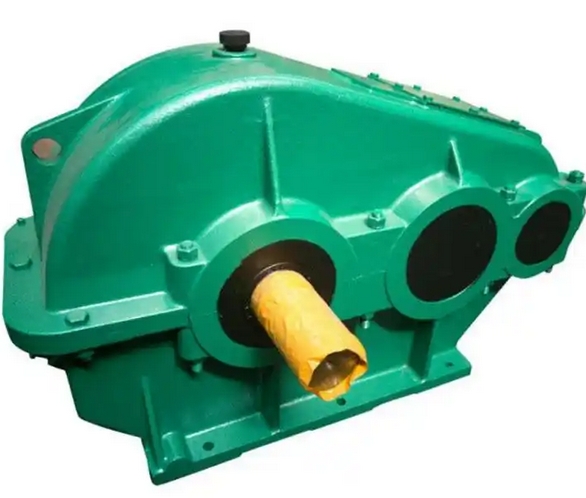How to calculate the ratio of output speed to input speed of hard tooth surface reducer

The calculation of the speed of a hard tooth reducer needs to consider multiple factors, including the type, power, torque, transmission ratio, and reduction ratio of the reducer. Below, we will provide a detailed explanation of how to calculate the speed of a hard tooth reducer.
Firstly, it is necessary to determine the type of reducer. Hard tooth surface reducers usually use types such as helical gear reducers, worm gear reducers, harmonic reducers, etc. Different types of reducers have different transmission ratios and speed ranges, so it is necessary to determine the speed calculation formula based on the type of reducer used.
Secondly, it is necessary to determine the power and torque of the gearbox. The power and torque of a hard tooth reducer are important factors that determine the speed. Usually, the higher the power and torque of a gearbox, the lower its speed. Therefore, the speed range of the reducer can be determined based on its power and torque.
Thirdly, it is necessary to determine the transmission ratio and reduction ratio of the gearbox. The transmission ratio refers to the ratio of the input shaft speed of the gearbox to the output shaft speed, while the reduction ratio refers to the ratio of the output speed of the gearbox to the input speed. These two parameters are crucial for calculating the speed of the gearbox.
Finally, based on the above factors, the speed of the hard tooth surface reducer can be calculated. For example, for a helical gear reducer, the speed calculation formula is: n=(motor speed * reduction ratio)/(1 * transmission ratio). Among them, n is the output speed of the reducer, the motor speed is the input shaft speed, the transmission ratio is the ratio of the input shaft speed to the output shaft speed of the reducer, and the reduction ratio is the ratio of the output speed to the input speed of the reducer.
It should be noted that the calculation of the speed of the hard tooth surface reducer also needs to consider other factors, such as the load of the reducer, transmission efficiency, mechanical losses, etc. These factors will affect the actual speed value of the reducer, so comprehensive consideration and calculation are needed when designing a hard tooth surface reducer.




